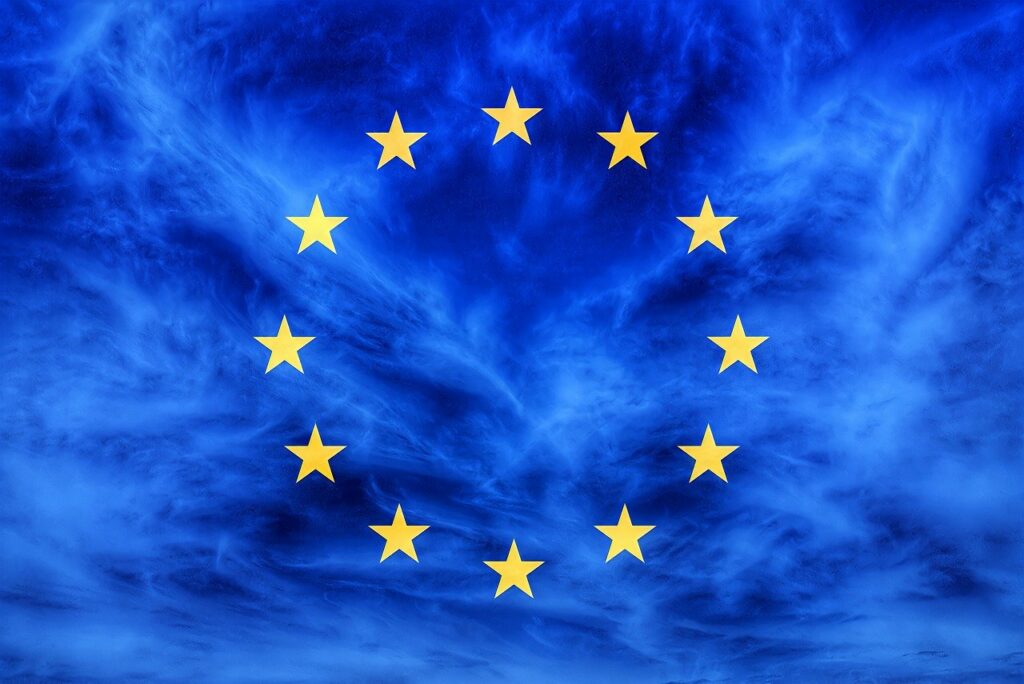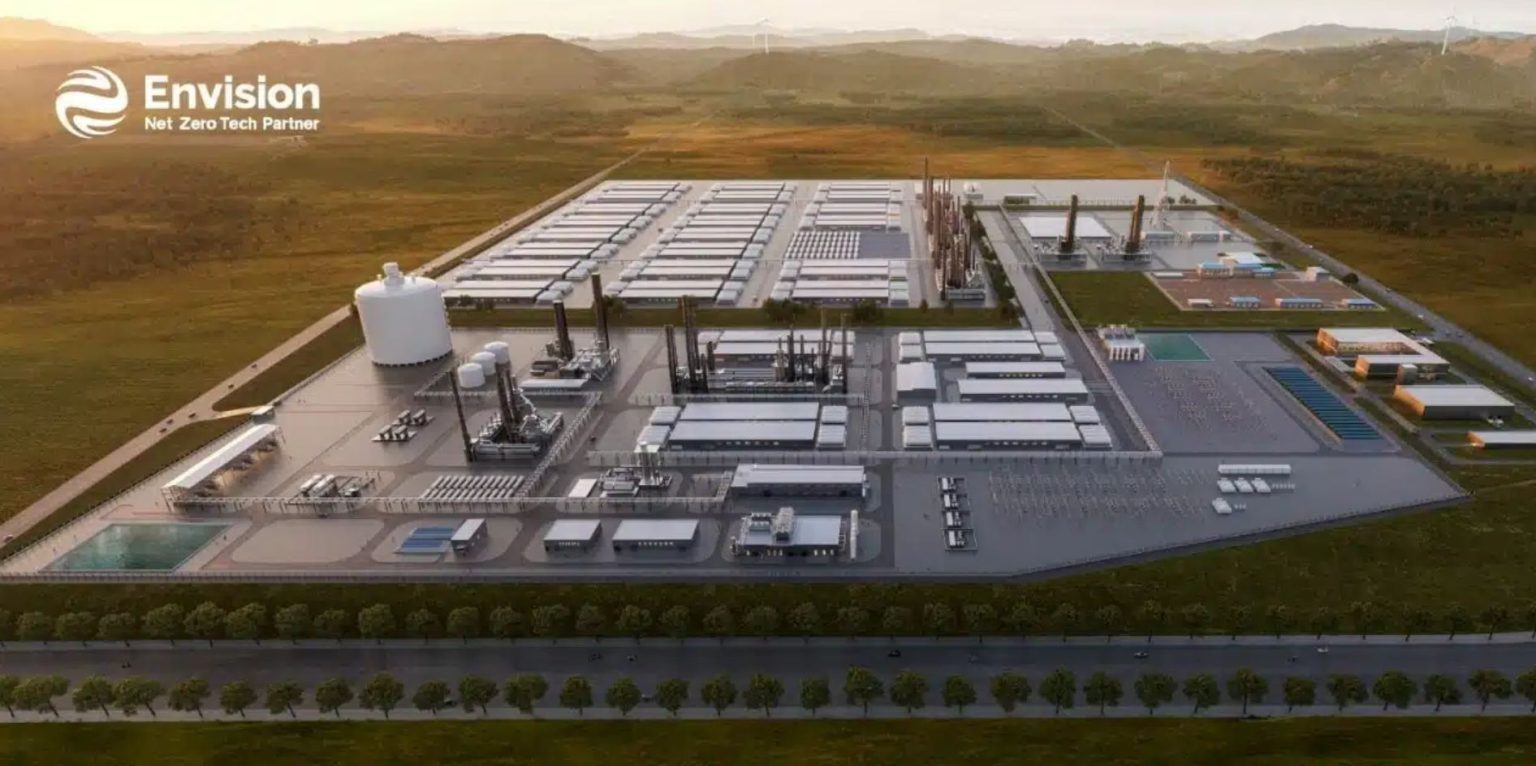Global temperatures have surged past 1.5°C above pre-industrial levels, yet carbon emissions continue to rise at 1.1% annually, defying net-zero pledges. Against this backdrop, nuclear energy—responsible for 10% of global electricity and 25% of low-carbon power—faces a paradox: its potential as a climate solution clashes with entrenched policy short-termism and public skepticism. Dr. Alistair Miller, a 60-year veteran of nuclear research, dissects these challenges with unflinching pragmatism. WATCH THE FULL INTERVIEW The Cost of Short-Termism in Energy Policy Miller’s critique of institutional myopia is sharp: “The reluctance to address humanity’s crucial problems has never been worse.” While uranium-fueled reactors dominate…
Author: Arnes Biogradlija
Neom’s green hydrogen project, the largest of its kind globally, was conceived with the capacity to produce 600 tonnes of green hydrogen per day using four gigawatts of renewable power. When its partners closed financing in 2023, they celebrated an $8.4 billion investment—70 percent above initial estimates—as evidence of both swift execution and growing market confidence. Yet with only one firm buyer for its green ammonia output, more than half of this capacity now looms idle, exposing deep fissures in the nascent hydrogen economy. Structural Challenges The project benefited from expedited permitting and state backing, sidestepping the bureaucratic delays that…
On 20 February 2025, the European Commission closed its IF24 renewable hydrogen auction after attracting 61 bids across 11 Member States requesting nearly €4.9 billion to underwrite 7.3 million t of RFNBO production and 6.3 GWe of electrolyser capacity over ten years. By contrast, the Commission earmarked just under €1 billion in fixed‑premium subsidies, forcing project consortia to bid fiercely on price and scale to secure support. Auction Design and Strategic Rationale As part of the European Hydrogen Bank’s domestic pillar, the Innovation Fund’s market‑based auction mechanism departs from conventional grants by rewarding the lowest bid price per kilogram of renewable hydrogen. Projects must reach financial close within…
An early‑stage production target of 300,000 t yr at Envision Energy’s 500 MW Chifeng facility positions it among the world’s largest green hydrogen‑to‑ammonia complexes, now formally certified as “renewable” by Bureau Veritas and underpinned by a strategic offtake agreement with Marubeni Corporation. These milestones arrive as the plant approaches phase‑one commissioning in Q3 2025, marking a pivotal step in turning scale‑up ambitions into a bankable reality. Bureau Veritas’s Renewable Ammonia Certification verifies that Chifeng’s ammonia output is derived exclusively from renewable‑powered electrolysis, meeting stringent criteria on carbon intensity, safety, and traceability. Certification not only signals technical compliance but also serves as a de‑risking mechanism for financiers…
The European Union’s target to produce 10 million tonnes of renewable hydrogen by 2030 hinges on a critical question: Can fragmented policies, competing national interests, and infrastructural gaps be overcome to unlock hydrogen’s role in the energy transition? Paul McCormack, CEO of Hydrogen Ireland, argues that success demands a radical rethinking of Europe’s approach—one that prioritizes agility, inclusivity, and systemic integration over rigid frameworks. WATCH THE FULL INTERVIEW The Regulatory Maze: Innovation vs. Incumbency Europe’s hydrogen strategy faces immediate friction in its funding mechanisms. McCormack highlights the EU’s Hydrogen Bank auctions as emblematic of a system skewed toward large-scale incumbents,…
A regulatory limbo until at least 2028 for nuclear-derived hydrogen risks fracturing Europe’s low-carbon ambitions and distorting competition in the continent’s emerging hydrogen economy. That is the warning from Nuclear Europe, the industry’s main lobbying group, as a leaked draft of upcoming European Commission rules shows a three-year delay in certifying hydrogen produced with nuclear power as “low carbon.” The European Commission will not decide on the status of nuclear-based hydrogen until July 2028, with consultations on the issue only set to begin in mid-2026. In contrast, renewable hydrogen — produced via electrolysis powered by wind or solar — was…
Honda’s decision to postpone its $10–11 billion EV supply chain project in Ontario underscores the volatility now defining North America’s electric vehicle landscape. Announced with fanfare in April 2024, the Alliston-based venture was billed as a critical step in localizing production and securing access to battery materials. One year later, it has become a bellwether for the uncertainties facing EV investments in the region. The company cited a softening EV market and mounting risks associated with U.S. trade policy—particularly under the administration of President Donald Trump—as reasons for the delay. A Honda Canada spokesperson confirmed to CBC News that the…
In a surprising shift within Europe’s largest auto market, Germany registered 45,535 new battery electric vehicles (BEVs) in April 2025, capturing nearly 19% of total monthly vehicle registrations despite the recent removal of federal subsidies. This represents a year-on-year increase of over 50%, outpacing diesel vehicle sales for the month—a notable moment in the ongoing realignment of the global automotive landscape. This uptick comes amid a general market stagnation: Germany’s total vehicle registrations in April fell by 0.2% year-over-year to 243,000. Yet BEVs bucked the trend, surpassing diesel registrations (37,649 units) and narrowing the gap with gasoline vehicles, which saw…
Fortescue Metals Group’s decision to eliminate approximately 90 positions across its green hydrogen division signals more than a workforce reduction—it’s a barometer of a sector grappling with underperformance and policy headwinds. The cuts, which affect the company’s Gladstone PEM50 electrolyser project in Queensland and facilities in Western Australia, follow a strategic pivot from manufacturing to research and development. While Fortescue remains vocal about its long-term commitment to green hydrogen, the near-term outlook reveals a recalibration in response to global instability in the sector. Market Signals Undercut Hydrogen Optimism Once billed as a cornerstone of decarbonisation strategies, green hydrogen is encountering…
The European Union’s ambition to install 40 GW of green hydrogen electrolyser capacity and produce 10 million tonnes of hydrogen domestically by 2030 now stands on increasingly shaky ground. As detailed in a joint study by CASSIS and EWI, the optimism underpinning these targets no longer reflects current market dynamics, cost developments, and global political shifts. Cost Curve Reversal Undermines Market Assumptions Contrary to earlier projections that envisioned a downward cost trend, the production cost of green hydrogen has risen over recent years. European green hydrogen currently costs about twice as much as blue hydrogen produced from fossil fuels. This…










